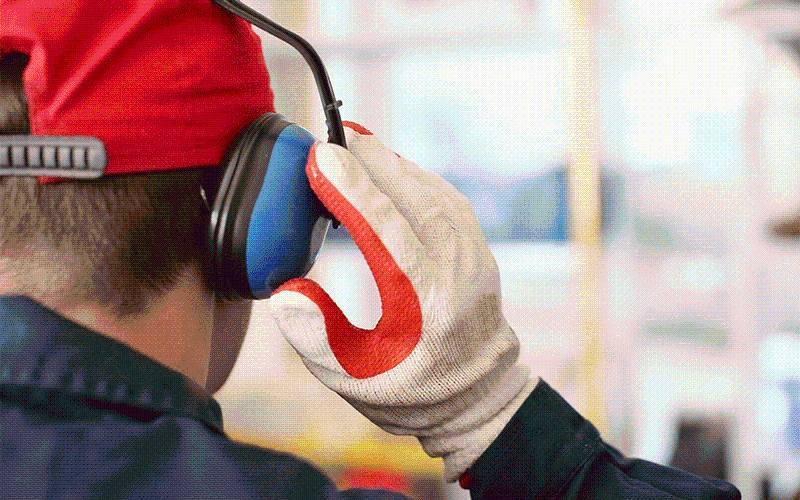
HSE Encourages Managers to Use the Shout Test to Safeguard Workers' Hearing
Workers in industries such as construction and agriculture are particularly at risk.
While new cases of occupational deafness have significantly declined over the past decade, the Health and Safety Executive (HSE) warns against complacency and urges employers to stay vigilant.
The Shout Test: A Simple Noise Assessment Tool
The HSE recommends using the “shout test” as a straightforward way to assess workplace noise levels. An HSE noise expert explains: “If you find yourself shouting at work and cannot be heard from two metres away, it’s likely there’s a noise problem. Give it a try and see if you can be heard.”
Legal Responsibilities Under the Control of Noise at Work Regulations 2005
The Control of Noise at Work Regulations 2005 place a duty on employers to eliminate or reduce risks to health and safety from workplace noise. Employers should take the following actions based on the level of risk:
- Reduce noise exposure: Implement measures to minimize noise at the source or across the workplace.
- Provide hearing protection: Ensure workers have access to appropriate personal hearing protection.
Additionally, employers must:
- Ensure legal noise exposure limits are not exceeded.
- Maintain and monitor equipment provided to control noise risks.
- Provide workers with information, training, and instructions on noise risks and protective measures.
- Conduct health surveillance to monitor workers’ hearing over time.
- These regulations apply to all work activities that expose employees or others to noise risks in the workplace.
Effective Management of Hearing Protection: The CUFF Approach
For workplaces already using hearing protection, effective management is key. The HSE suggests applying the CUFF checklist:
- Condition: Is the hearing protection in good condition?
- Use: Are workers using the hearing protection consistently when needed?
- Fit: Does the hearing protection fit each worker properly?
- Fit for purpose: Does the hearing protection provide the right level of noise reduction?
A Call to Action for Managers
Managers play a critical role in assessing and implementing measures to protect workers’ hearing. By regularly evaluating workplace noise risks, using tools like the shout test, and ensuring the proper use and maintenance of hearing protection, employers can help safeguard their employees from the long-term effects of noise exposure.
